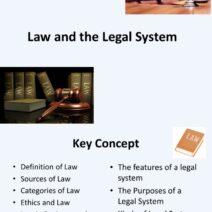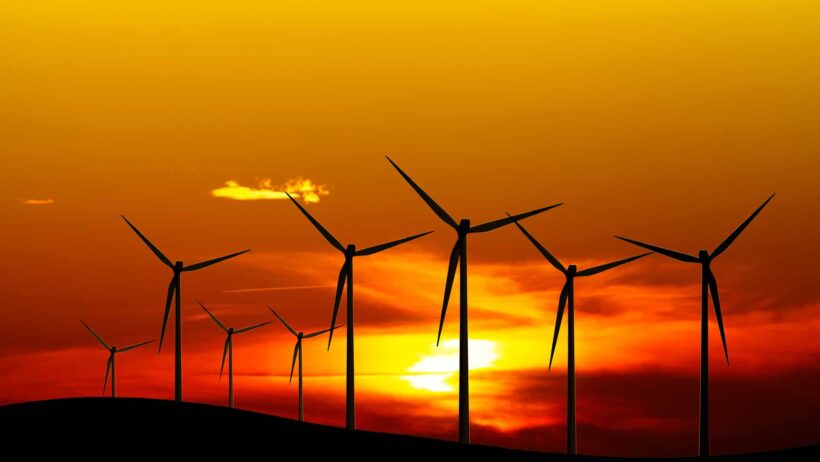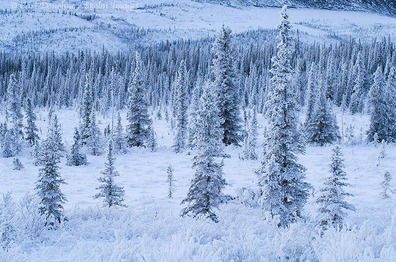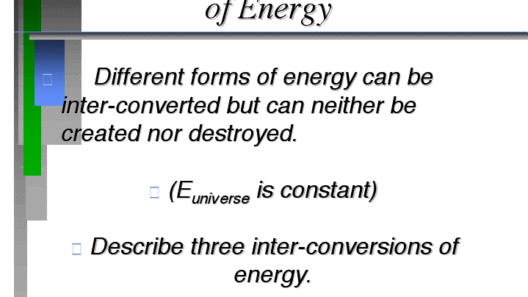Energy conservation, a cornerstone of sustainable living, is frequently conflated with renewable energy sources. However, it is critical to delineate the differences and similarities between the two. While energy conservation does not produce energy in the conventional sense, its significance lies in reducing the demand for energy derived from non-renewable sources, thereby indirectly contributing to a more sustainable energy framework. This article elucidates the intricacies of energy conservation and its role alongside renewable energy sources.
Energy conservation refers to the practice of using less energy by employing more efficient technologies and reducing wasteful habits. The overarching objective is to minimize energy consumption without compromising on quality of life. This can be achieved through various means such as upgrading insulation in buildings, using energy-efficient appliances, and implementing behavioral changes that reduce frivolous energy use.
In contrast, renewable energy sources encompass energy derived from natural processes that are replenished at a rate comparable to their consumption. Common examples include solar, wind, hydro, and geothermal energy. These sources generate energy and can directly replace fossil fuels, reducing greenhouse gas emissions and environmental degradation while providing power.
One might ask, “How does energy conservation relate to renewable energy?” Understanding this relationship is crucial in the context of global energy strategies. While renewable energies are designed to produce power sustainably, energy conservation mitigates the risk of depletion of existing resources. Together, they form a synergistic relationship that can lead to a sustainable energy future.
One significant aspect of energy conservation is that it encourages the implementation of efficient systems that often lead to reduced operational costs and lower environmental footprints. For instance, buildings designed with energy efficiency in mind can drastically curtail energy requirements. Using programmable thermostats and energy-efficient lighting not only conserves energy but also promotes a culture that values sustainability.
Residential sectors can benefit tremendously from energy conservation efforts. Homeowners can integrate smart technologies that automate energy usage, thus optimizing electrical consumption. Simple measures such as sealing leaks, installing energy-efficient windows, and using thermal curtains can drastically lower heating and cooling costs. All these actions contribute not only to individual savings but also to decreased overall energy demand, indirectly influencing the energy market by reducing reliance on non-renewable sources.
Furthermore, the industrial sector’s commitment to energy conservation is critical. Industries often represent a substantial portion of energy consumption. Initiatives such as energy audits, retrofitting machinery for higher efficiency, or switching to less energy-intensive processes can yield significant reductions in energy demand. These strategies not only curtail costs but also foster an environmentally responsible corporate image, which can enhance brand loyalty and consumer trust.
Energy conservation also extends to the transportation sector. Integrating public transportation systems, enhancing bike lanes, or promoting electric and hybrid vehicles contributes to lowering fossil fuel dependency. These efforts underline a societal shift toward considering energy use in all aspects of life, encouraging coalitions for better route planning, carpooling programs, and even infrastructure improvements that prioritize redirection from private assessments to more community-focused solutions.
However, the effectiveness of energy conservation strategies is contingent upon public awareness and legislative support. Educating consumers about the benefits of energy efficiency plays a pivotal role in spawning a culture of conservation. Governments can facilitate this through policies that subsidize energy-efficient technologies and mandate energy use standards, thereby playing an instrumental role in encouraging sustainable practices.
Moreover, energy conservation inherently promotes innovations in renewable technologies. As the demand for energy-efficient solutions rises, manufacturers are motivated to develop advanced systems that yield greater efficiencies from renewable sources. This innovation can lead to enhancements in storage technologies, like batteries, that can hold and distribute energy generated from renewable sources more effectively.
Nonetheless, one must also consider the potential pitfalls of an over-reliance on energy conservation as a sole strategy. The conservation of energy should not substitute for the need to transition to renewable energy sources. It is paramount to recognize that the two approaches are complementary; effective energy conservation practices can defer the need for expansive energy generation while transitioning towards cleaner alternatives. Emphasizing one at the expense of the other could result in missed opportunities for achieving a truly sustainable energy future.
In conclusion, energy conservation should not be mischaracterized as a source of renewable energy. Rather, it should be viewed as an essential component of an overarching strategy that seeks to reduce dependency on exhaustible energy resources. By adopting a dual approach that incorporates both energy conservation and the utilization of renewable energy, we can forge a path towards a sustainable future. This duality is crucial as global populations continue to burgeon, further amplifying the demand for energy and the pressing need for innovative solutions. Cultivating an ethos that harmonizes these two paradigms will not only pave the way for a resilient energy system but also yield restorative benefits for our planet.






